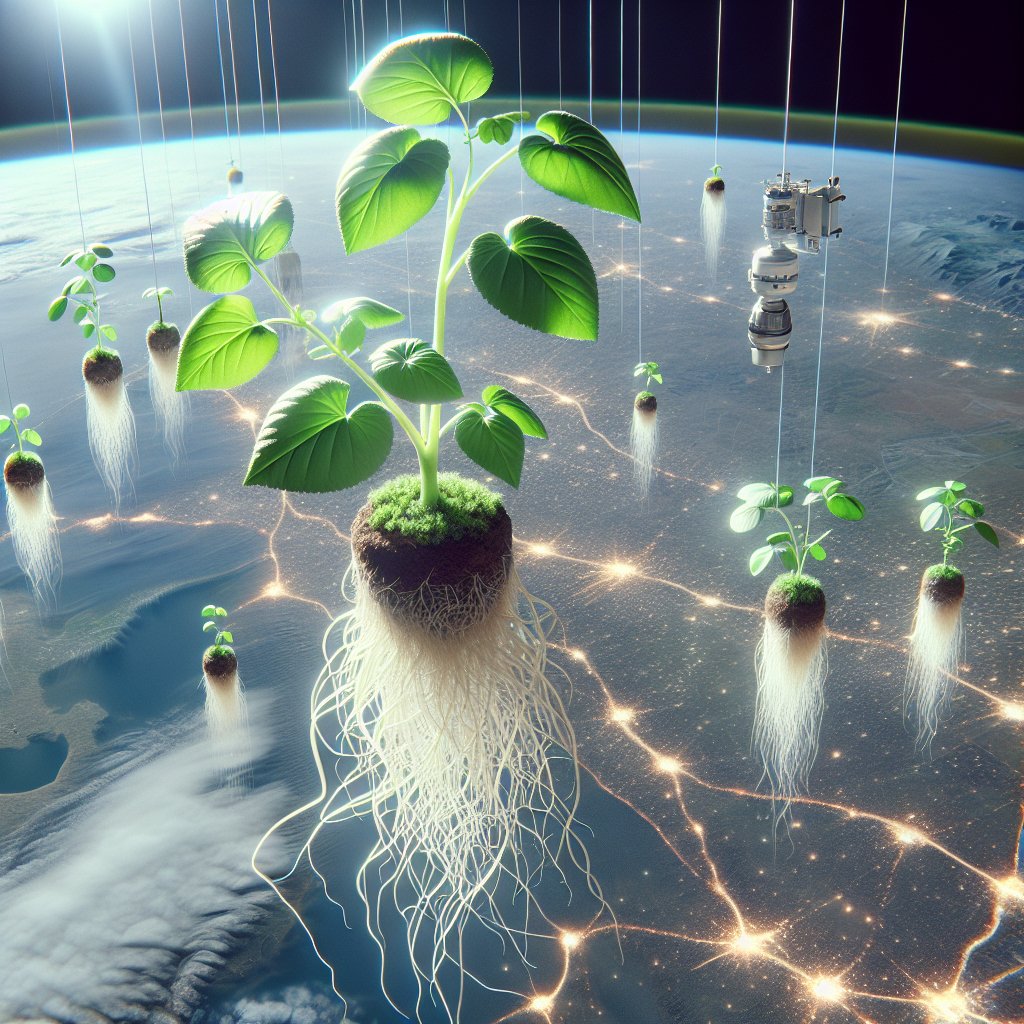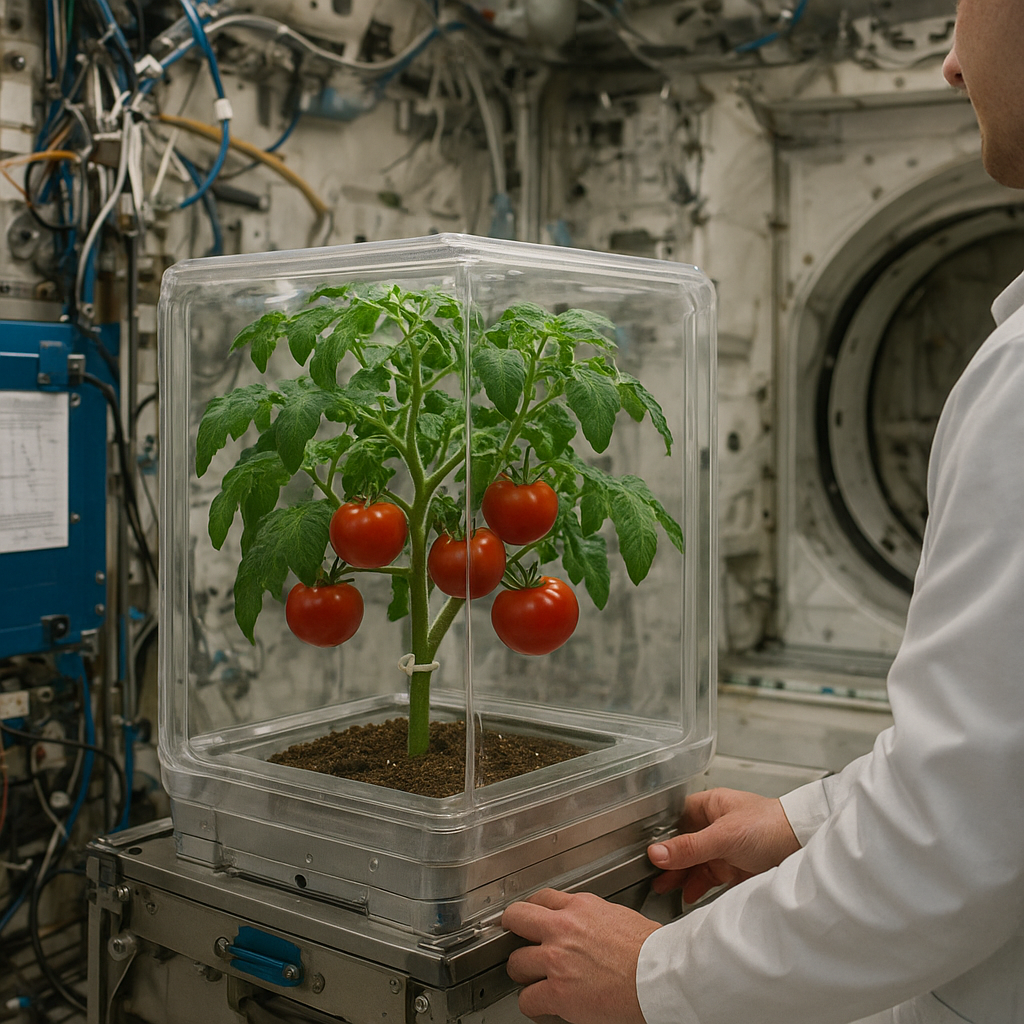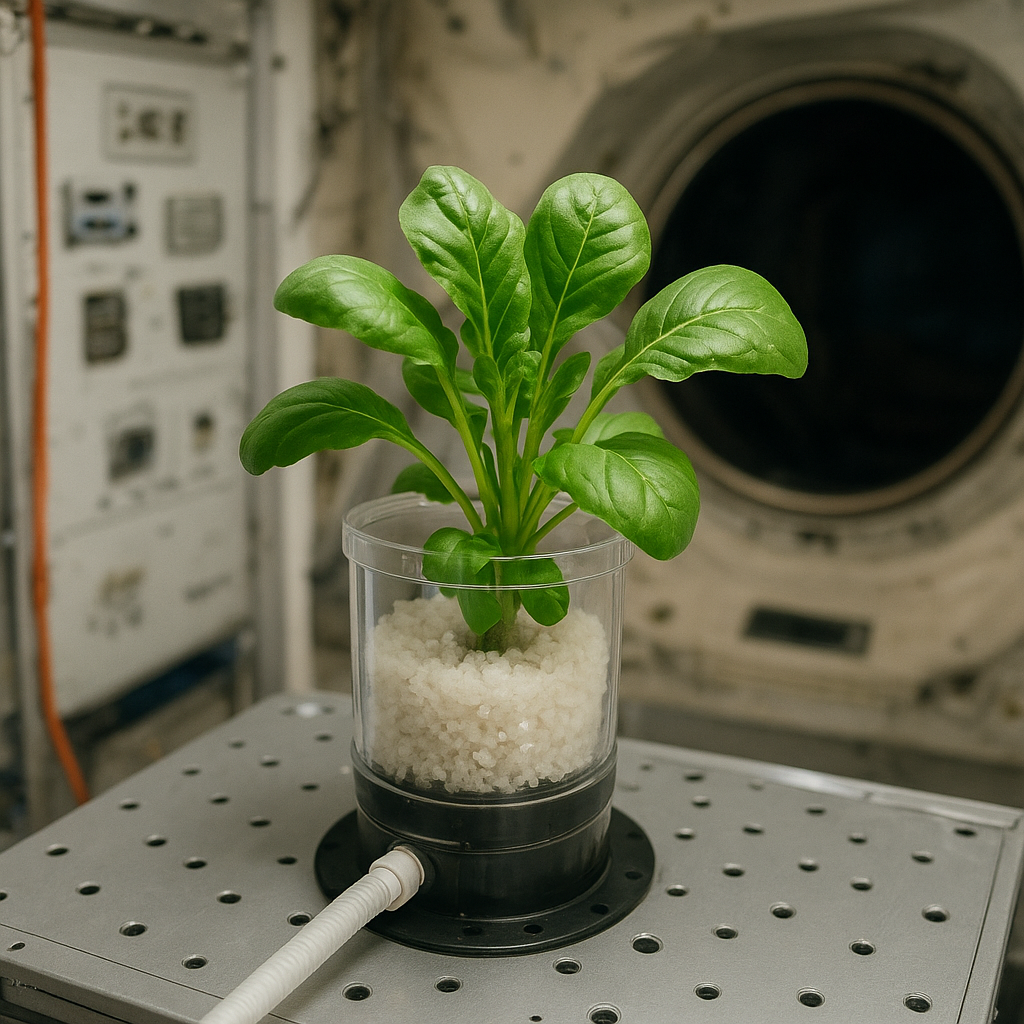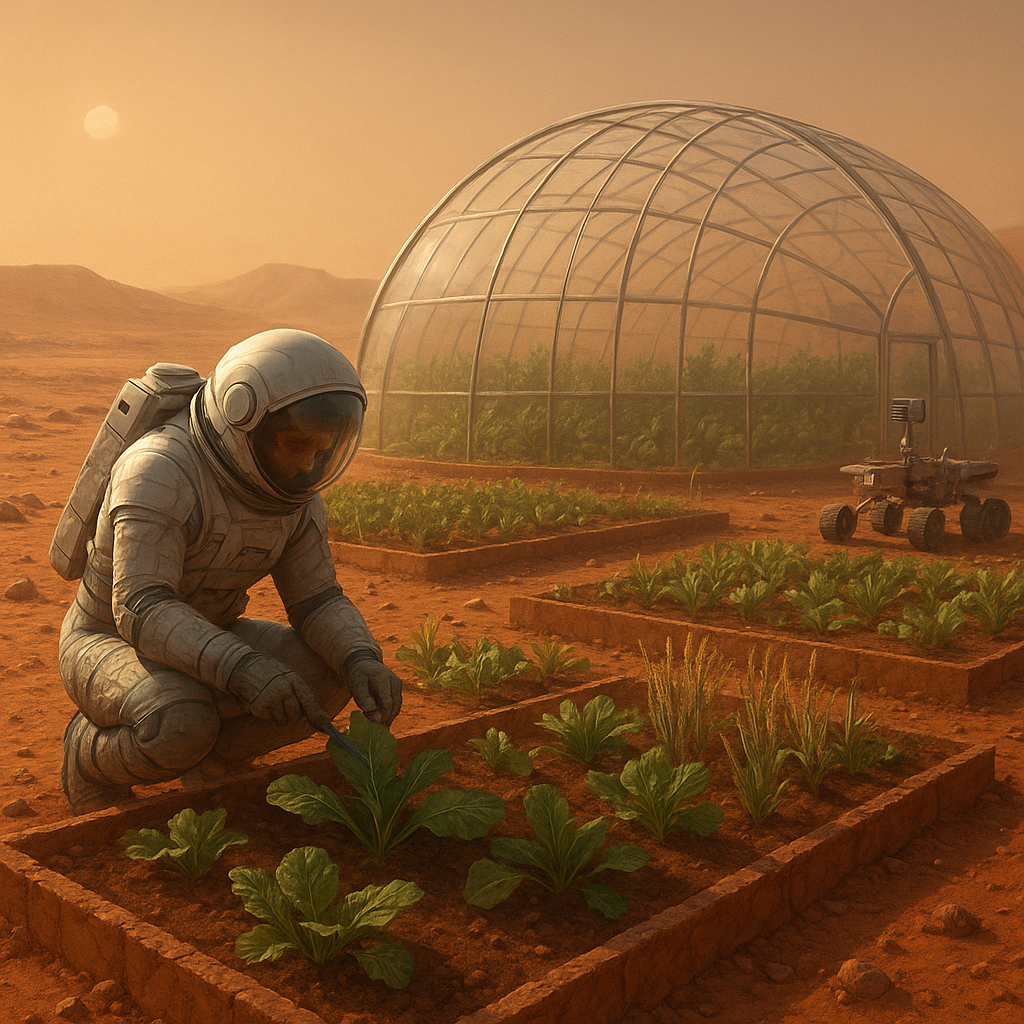The exploration of space has always been a frontier of human ingenuity and ambition, but the intersection of agriculture and space travel presents a unique set of challenges and opportunities. The first crops grown in space mark significant milestones in agricultural history, showcasing humanity’s ability to adapt and innovate in the most extreme environments. This article delves into the journey of space agriculture, highlighting key milestones, the science behind growing food in microgravity, and the implications for future space missions and life on Earth.
The Genesis of Space Agriculture
The concept of growing food in space began to take shape during the early years of human space exploration. As astronauts ventured beyond the confines of Earth, the need for sustainable food sources became increasingly apparent. The first significant step towards space agriculture occurred during the 1970s with the Apollo missions, where scientists began to explore the feasibility of growing plants in microgravity.
Early Experiments: Apollo and Skylab
During the Apollo missions, astronauts conducted rudimentary experiments with seeds, observing their germination and growth in a weightless environment. However, it was the Skylab space station, launched in 1973, that marked a pivotal moment in space agriculture. Skylab hosted a series of experiments known as the „Skylab Plant Growth Experiment,” where astronauts successfully grew a variety of plants, including mustard seeds and wheat. These experiments provided valuable insights into how plants respond to microgravity, light, and other environmental factors.
Advancements in Hydroponics and Controlled Environments
As research progressed, scientists began to explore hydroponics as a viable method for growing crops in space. Hydroponics involves growing plants in nutrient-rich water rather than soil, making it an ideal solution for the limited resources available in space. The development of controlled environment agriculture (CEA) systems allowed for precise regulation of temperature, humidity, and light, further enhancing the potential for successful crop growth in space.
Key Milestones in Space Crop Cultivation
Throughout the years, several key milestones have marked the evolution of space agriculture, each contributing to our understanding of how to cultivate crops beyond Earth.
The Veggie Experiment on the ISS
One of the most significant advancements in space agriculture occurred aboard the International Space Station (ISS) with the Veggie experiment. Launched in 2014, Veggie aimed to grow fresh produce in microgravity, providing astronauts with a source of fresh food and valuable psychological benefits. The first successful crop grown in the Veggie system was red romaine lettuce, which was harvested and consumed by astronauts in 2015. This achievement not only demonstrated the feasibility of growing food in space but also highlighted the importance of fresh produce for long-duration missions.
Microgravity and Plant Growth: The Science Behind It
The unique conditions of microgravity present both challenges and opportunities for plant growth. In the absence of gravity, plants rely on other environmental cues, such as light and moisture, to orient themselves. Research has shown that plants can adapt to these conditions, but the mechanisms behind their growth in microgravity are still being studied. Scientists have discovered that certain genes are activated differently in space, influencing growth patterns and nutrient uptake. Understanding these processes is crucial for optimizing crop production in future space missions.
Implications for Future Space Missions
The successful cultivation of crops in space has far-reaching implications for future exploration missions, particularly those aimed at Mars and beyond. As missions become longer and more distant, the ability to grow food in situ will be essential for sustaining human life. This capability not only reduces the need for resupply missions from Earth but also enhances the psychological well-being of astronauts by providing them with fresh food.
Challenges Ahead: Resource Management and Sustainability
Despite the successes achieved thus far, several challenges remain in the realm of space agriculture. Resource management is a critical concern, as water and nutrients must be carefully monitored and recycled. Developing sustainable systems that can operate efficiently in space is paramount. Researchers are exploring closed-loop systems that mimic Earth’s ecosystems, allowing for the recycling of waste and the efficient use of resources.
Potential for Earth Applications
The advancements made in space agriculture also hold promise for addressing food security challenges on Earth. Techniques developed for growing crops in space, such as hydroponics and vertical farming, can be applied to urban environments and areas with limited arable land. By leveraging technology and innovation, we can create more sustainable agricultural practices that benefit both space exploration and life on our home planet.
Conclusion: A New Frontier in Agriculture
The journey of growing crops in space is a testament to human resilience and creativity. From the early experiments of the Apollo missions to the successful cultivation of lettuce aboard the ISS, each milestone has paved the way for a future where food production in space is not only possible but essential. As we look to the stars and envision a future of interplanetary exploration, the lessons learned from space agriculture will undoubtedly shape the way we approach food production on Earth. The challenges ahead are significant, but the potential rewards—both in space and on our planet—are immense. The first crops grown in space are just the beginning of a new frontier in agriculture, one that promises to feed not only astronauts but also future generations on Earth.




